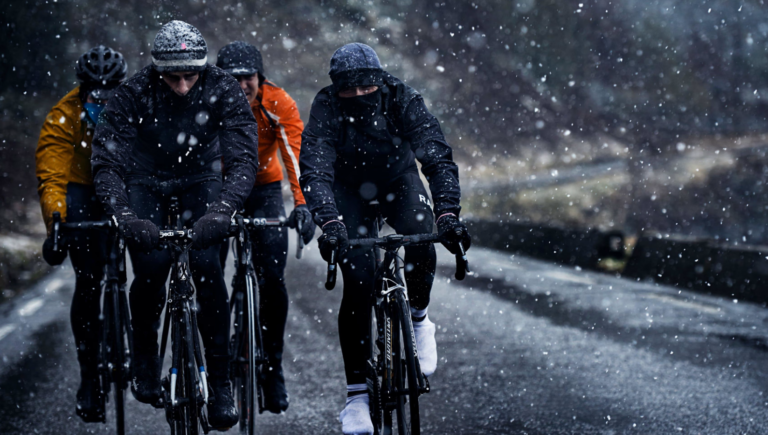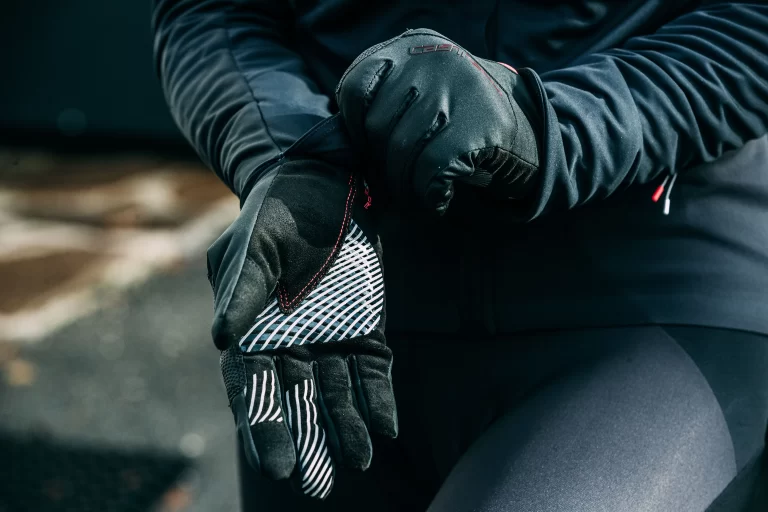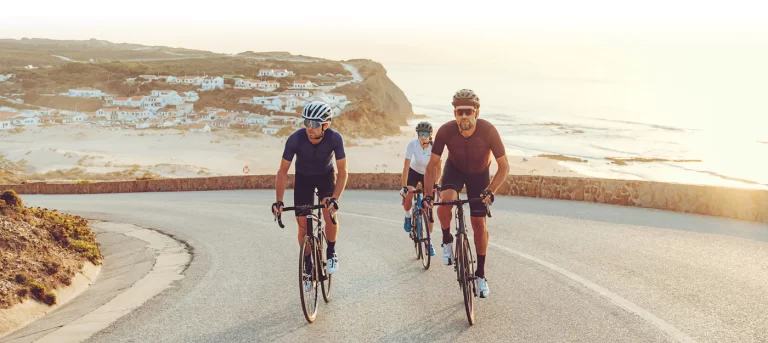Sizing Guide for Cycling Gloves: A Cyclist’s Perspective
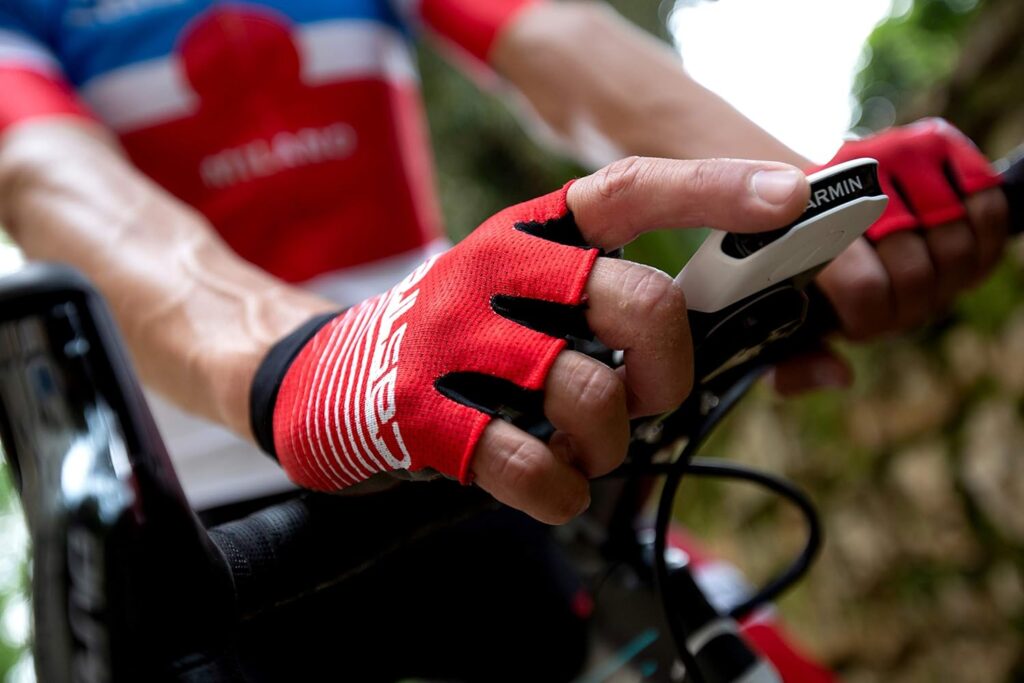
Key Point Summary of Sizing Guide for Cycling Gloves:
- Understanding Glove Sizing: Learn how to measure your hand for the right fit.
- Fit Is Key: Importance of a snug yet comfortable glove fit.
- Types of Gloves for Different Cycling Disciplines: Match the glove to the ride.
In my years of pedaling through rugged mountain trails, grinding over gravel roads, and navigating the tight turns of cyclocross circuits, one piece of gear that’s as crucial as my helmet is a good pair of cycling gloves. The right gloves can mean the difference between a comfortable ride and a day plagued by blisters or worse, loss of control on your handlebars. Here’s a seasoned cyclist’s guide to finding that perfect pair.
How to Measure for Cycling Gloves
Measuring your hand is the first step to finding gloves that fit like, well, a glove. Wrap a fabric tape measure around the widest part of your hand, excluding the thumb, and make a fist. This measurement in inches translates to your glove size, based on the manufacturer’s sizing chart.
Sizing can vary between brands, so always refer to the specific brand’s sizing guide before making a purchase. And if you’re between sizes, consider how you like your gloves to fit. I prefer mine snug but not restrictive, allowing for flexibility and circulation.
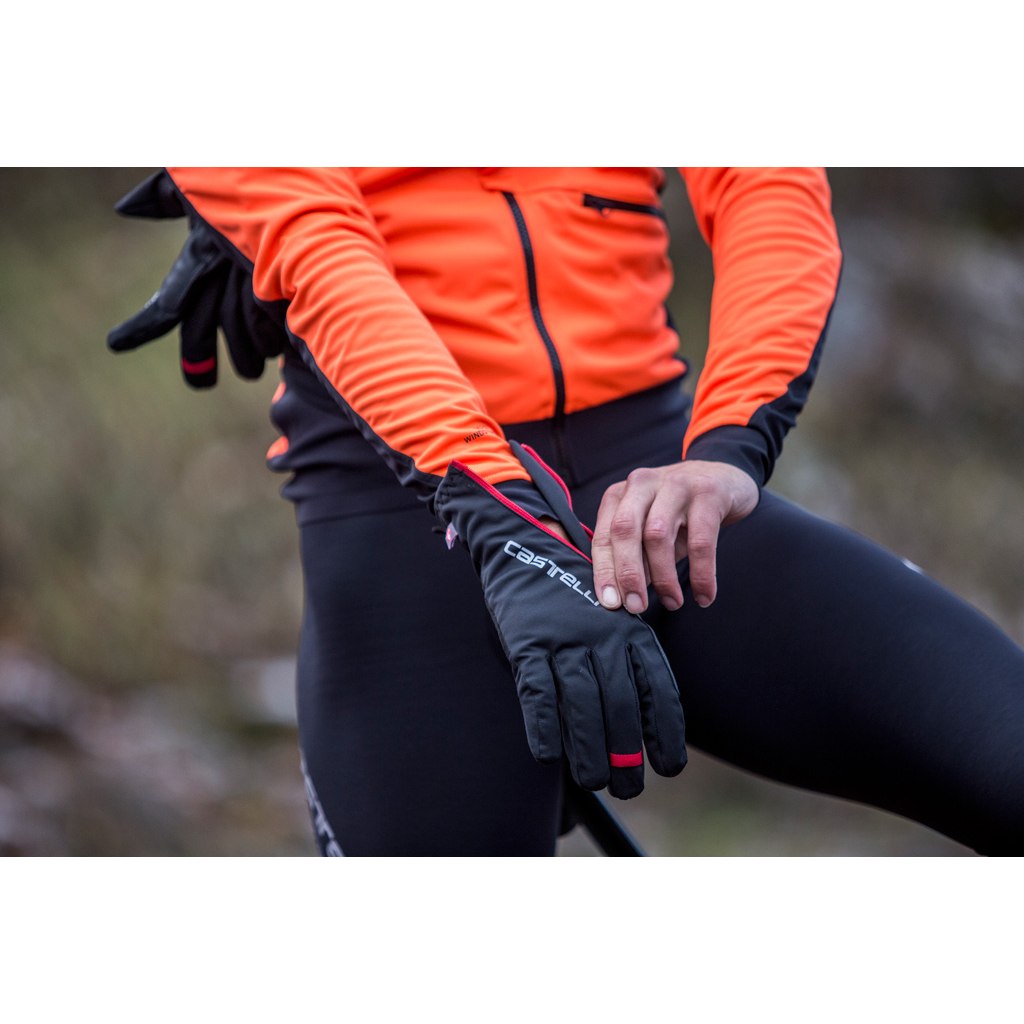
Finding the Perfect Fit
The perfect fit for cycling gloves isn’t just about size; it’s about how they conform to your hands and fingers. Gloves that are too tight can restrict movement and circulation, while too loose gloves might bunch up and cause chafing or grip issues. Ideally, you want a pair that feels like a second skin, offering protection without compromising on comfort or dexterity.
Cycling Disciplines and Glove Types
Over the years, I’ve learned that not all gloves are created equal, and the right type depends on your cycling discipline. For mountain biking, I opt for gloves with more protection, like reinforced knuckles and palms, to handle the inevitable brushes with branches and falls. In contrast, my road cycling gloves are lighter and more aerodynamic, with padding strategically placed to absorb vibrations from the road. And for those chilly early morning gravel rides, a pair of insulated yet breathable gloves keeps my fingers nimble.
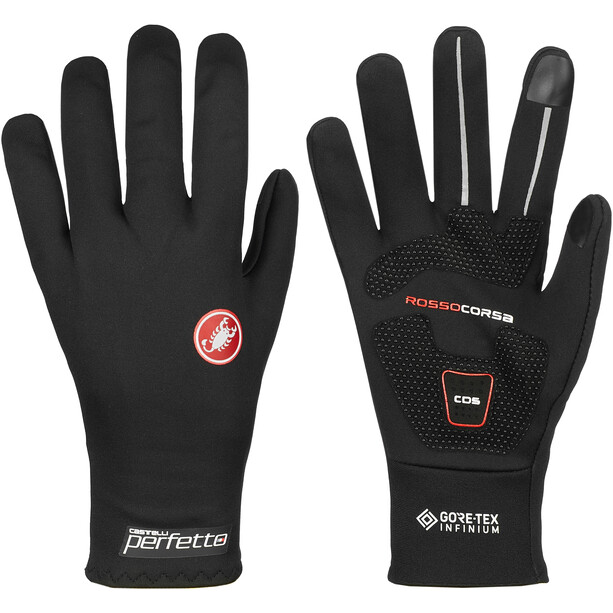
Sizing Guide for Cycling Gloves: Closing Thoughts
Choosing the right cycling gloves involves more than just picking your size; it’s about considering the nuances of fit, the demands of your cycling discipline, and personal comfort preferences. With the right pair, you’ll have one less distraction on the road or trail, allowing you to focus on the joy of the ride.
For beginner to mid-level cyclists, my advice is to invest in a good pair of gloves. They might seem like a small part of your gear, but they can have a big impact on your riding experience. As you evolve in your cycling journey, don’t be afraid to experiment with different types of gloves to find what works best for you across different rides and conditions.
The Louis Garneau Biogel RX Cycling Glove is celebrated for its versatility, catering to cyclists across various disciplines. It features Biogel padding that reduces pressure on the nerves and absorbs vibrations, offering comfort on long rides. The gloves also have an ergonomic design to improve fit and reduce bunching, and breathable materials that keep hands cool and dry. Their versatility is further enhanced by features like a soft microfiber thumb for wiping sweat and pull tabs for easy removal, making them suitable for road, mountain, or casual cycling.
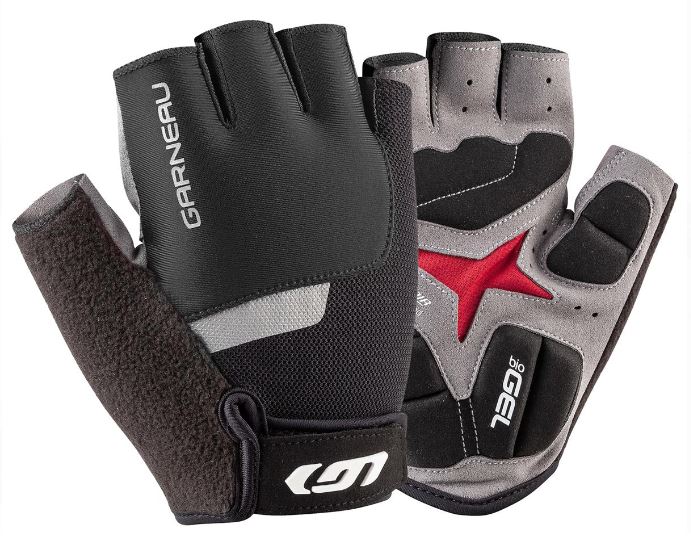
Ride on!
John
FAQ
How do I know what size cycling gloves to buy?
To find out what size cycling gloves to buy, measure the circumference of your hand just below the knuckles, excluding the thumb. Compare this measurement to the sizing chart provided by the glove manufacturer, as sizes can vary between brands.
How do you fit cycling gloves?
Cycling gloves should fit snugly without being too tight, allowing for full hand movement and dexterity. They should not have excess material at the fingertips or palms, as this can interfere with grip and comfort.
What size riding glove am I?
To determine your riding glove size, measure your hand’s circumference just below the knuckles, excluding the thumb, and consult the glove manufacturer’s sizing chart to find the corresponding size.
How do I know what size gloves to buy?
To know what size gloves to buy, measure around the widest part of your hand (excluding the thumb), and refer to the manufacturer’s sizing chart for the best fit. Ensure the gloves are snug but not restrictive, allowing for flexibility and comfort.

